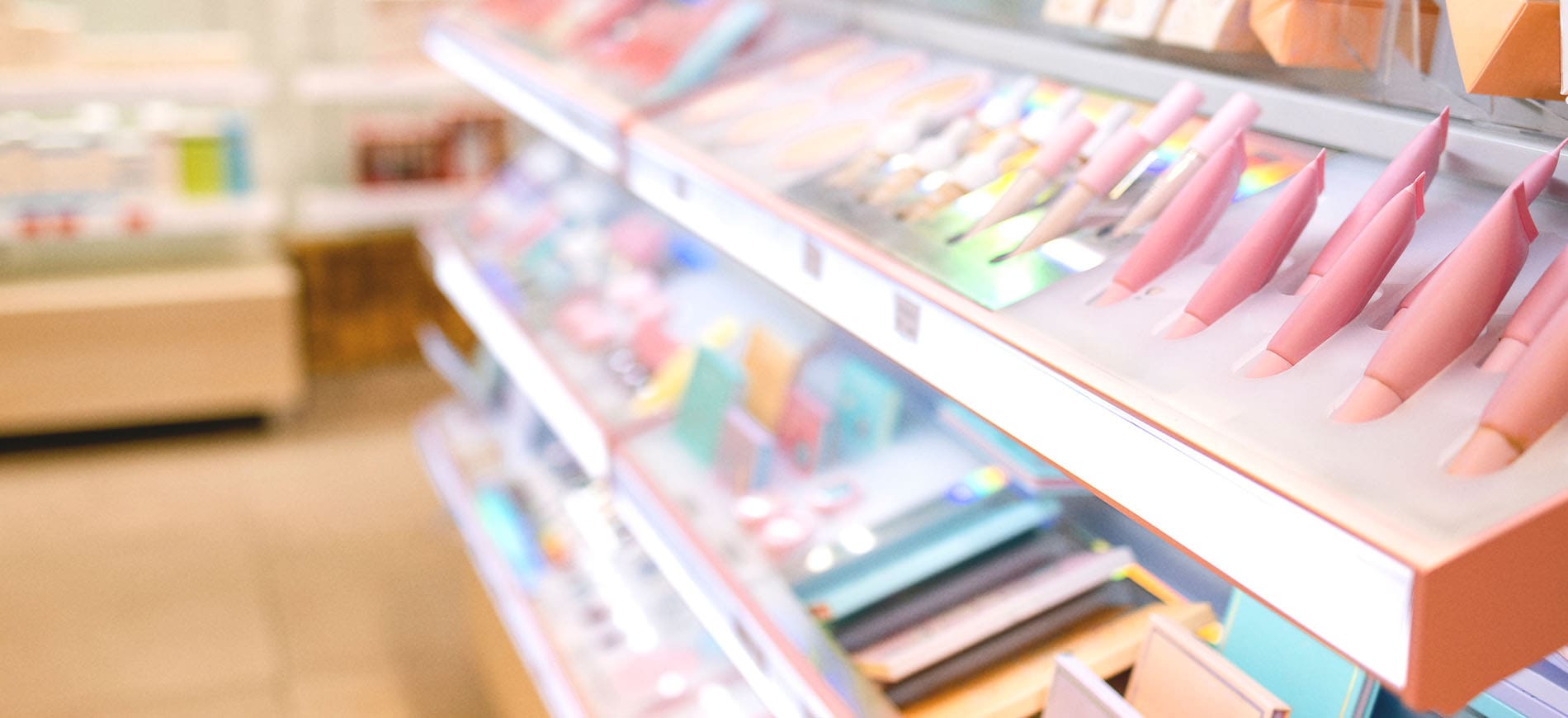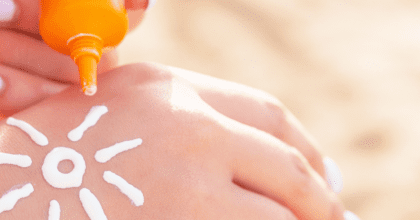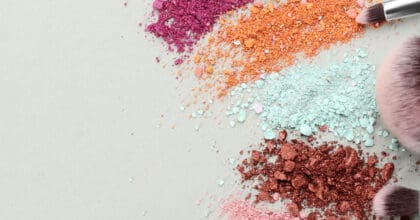-
Articles + –
How home hair color brands can keep the momentum post-pandemic
In the absence of salons during COVID-19 lockdowns, many consumers took a DIY approach, leading to an increased usage of at-home hair color. More than four in five US at-home hair colorant users colored their hair at home during lockdowns, according to Mintel research on home hair color. Once a vaccine is widely distributed, more consumers will return to salons, but what does that mean for home hair color brands?
Motivate salon-goers to stick with at-home hair coloring post-pandemic
Offering a wider array of temporary, demi- and/or semi-permanent hair color products designed to maintain and/or prolong professional hair color results is one way brands can keep invested consumers engaged in the home hair color market. Two in five US consumers who colored their hair during lockdown said they’d continue to color their hair at home if brands offered easy solutions to reverse undesirable hair color application.
There’s room for temporary formats to grow
While temporary and demi-/semi-permanent options are not new to the market, current safety and financial concerns could lead more consumers, including salon-goers, to turn to products designed to improve longevity of hair color. In addition, a quarter of US category users wish there were more semi-permanent hair color options, indicating room for this segment to grow and expand. Offering a wider array of color/shade options in demi-/semi-permanent and temporary formats will also appeal to people who like to change their hair color on a regular basis, as well as those who want to experiment with hair trends (eg bold hair colors) without jeopardizing their natural hair color.
Reach young BPC users with beauty influencers
Beauty bloggers and influencers are also important resources for consumers because they often trial new products and explain how to use the products they promote. In the UK, less than one in five adults aged 16-34 agree that a social media personality inspired their most recent hair color/shade choice. Building personal connections and communities through social media and online influencers can help direct-to-consumer home hair color brands stand out from the competition and capture consumers’ attention. More than one in five adults aged 18-24 in Hong Kong, China, are interested in beauty and grooming products that come from brands that have an active community of fans they can join.
Drive loyalty through customization
There is an underlying demand for more personalization in-home hair color, as people increasingly seek products tailored to their specific needs. Personalized products recommended by professionals are particularly appealing and could motivate salon-goers to switch to at-home hair color products.
Using robust AI/algorithm technology will help brands tap into the demand for customized hair color. AI systems in the beauty and personal care sector offer a level of customization previously unimagined, adapting to every individual. Some consumers across the globe are already open to the collection and usage of biometric data when it comes to a personalized approach. In Brazil, three in five adults would be willing to share their personal biometric data (eg DNA, skin type) with beauty brands. Home hair colorant brands can capitalize on this, provided they offer valuable benefits and customization to the consumer.
Go local
As vaccine rates and economic conditions improve, some consumers will go back to pre-pandemic behaviors and return to salons for hair color services. The desire to support local businesses will also motivate consumers to shift back to professional services. In fact, four in five US adults who have or will return to salons for nail services say it’s because they want to support their local salon, which is likely a shared theme among hair colorant users. At-home hair colorant brands can earn positive press and garner consumer appreciation by partnering with local salons for giveaways/events and/or donating to organizations that support struggling salons and out-of-work hair colorists.
What we think
While temporary and demi-/semi-permanent options are not new to the market, category users want more low-commitment color options, indicating room for this product format to grow. Brands that expand color options in temporary formats will see success. Online sources and social media will continue to play a bigger role in how consumers interact with the home hair color category, making it crucial for brands to include more visual content beyond traditional advertising methods. At-home hair colorant brands that show compassion and commitment to their local communities and salons during this global health crisis will stand out and become a brand that consumers are proud to buy.

Olivia is a Home & Personal Care Analyst at Mintel. She explores trends and new business opportunities in household and personal care categories.
-
Evolving beauty trends stemming from the pandemic: 2021Understand the impact of COVID-19 on the Salon & Spa Services Retailing Market in the US...Discover this research
-
Mintel LeapMintel Leap is a revolutionary new AI-powered platform that will transform your research process....Book a demo






































